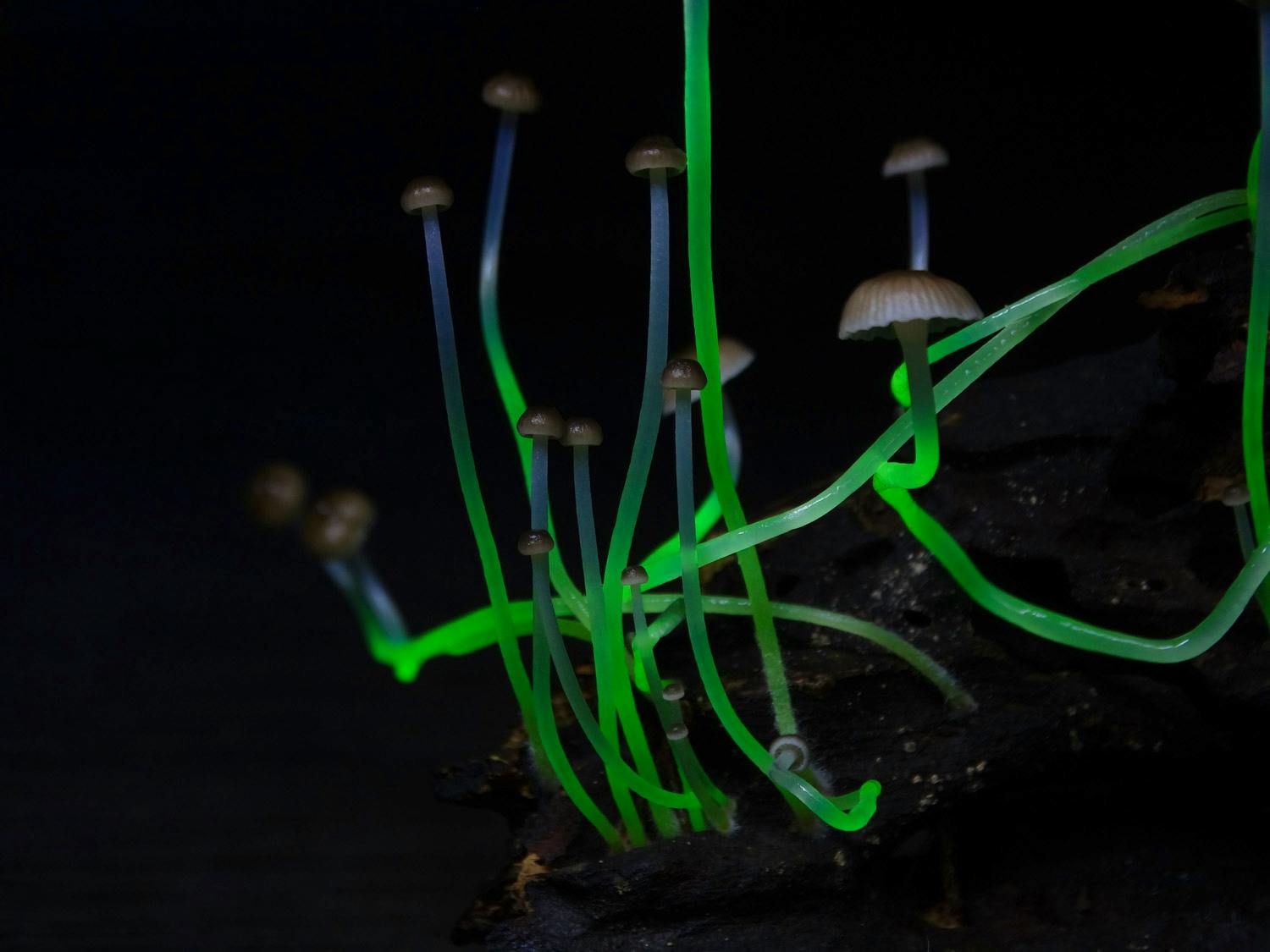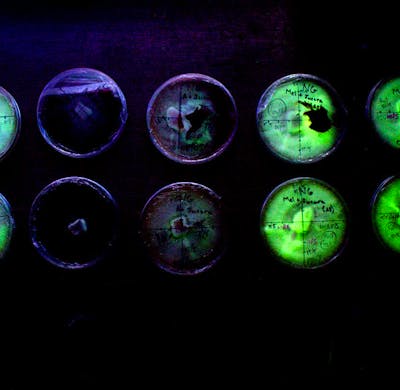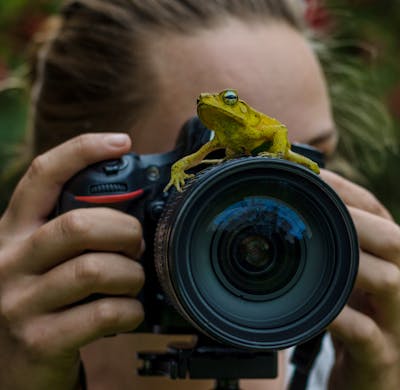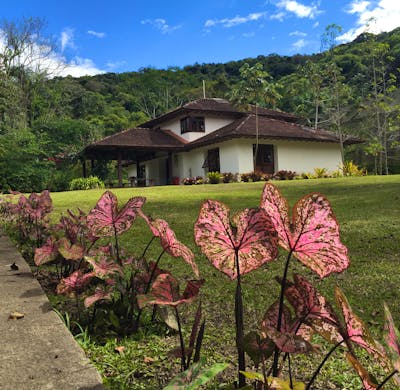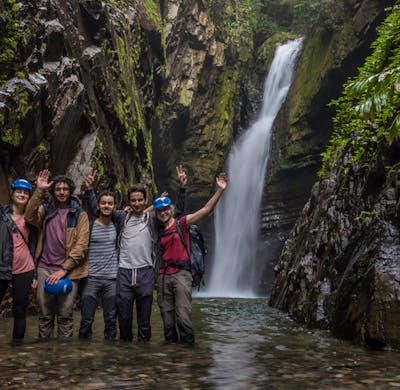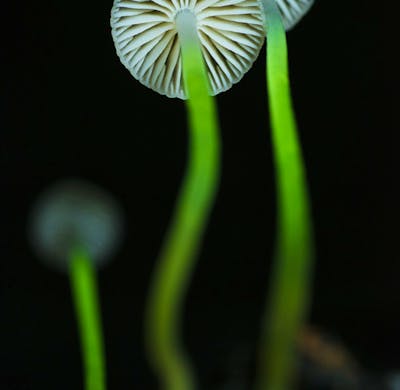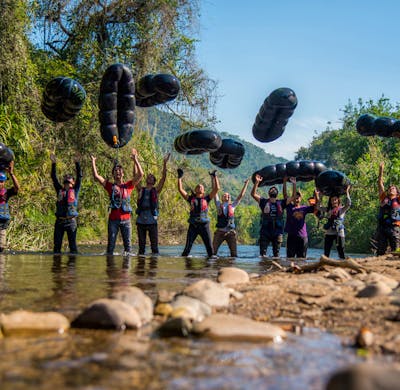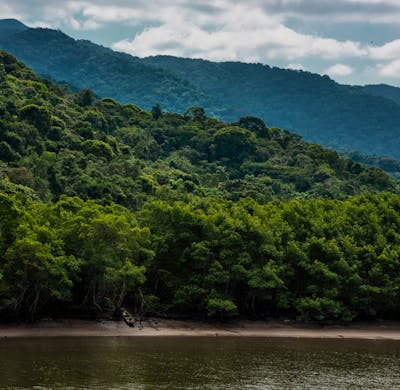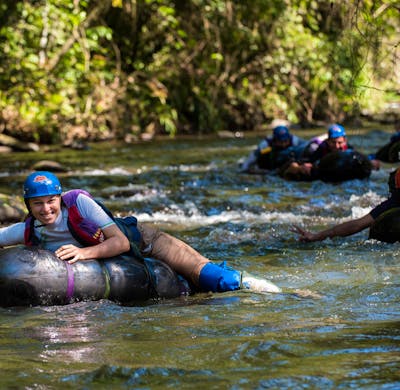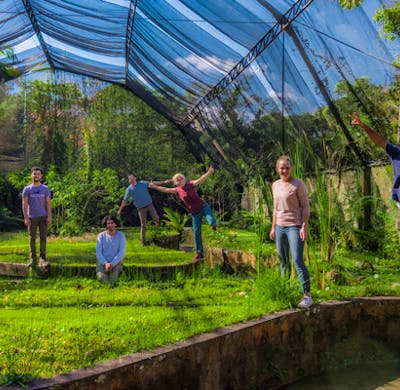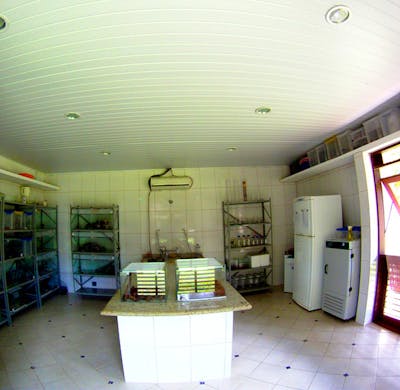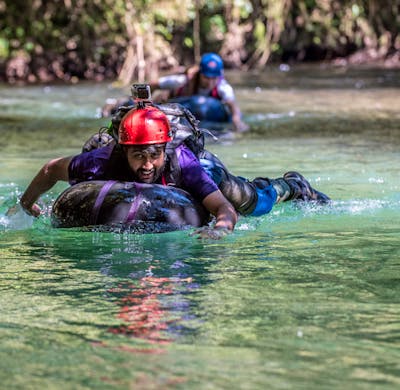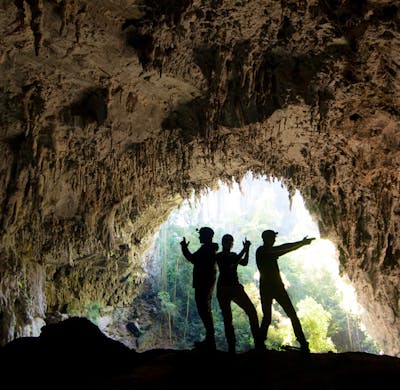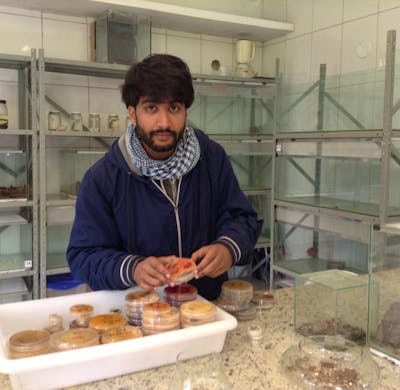The Program
IPBio is looking for long-term volunteers (minimum 3 month
stay but preferably 6 months) who would focus on searching for new species of
bioluminescent mushrooms; photographing them and finding the conditions that
allows us to cultivate them in the lab. This position will continue every year so that new tests can be conducted depending on the accumulaton of information we gather from our studies.
Recently the Laboratory of bioluminescent Fungus of the
Chemistry Institute from the University of Sao Paulo, in collaboration with
IPBio, discovered 5 new species of bioluminescent mushrooms and the article has
just been published. Our region has the highest concentration in the world of
bioluminescent mushrooms. Moreover, as the studies of these mushrooms are all
relatively recent it is possible (we would argue very likely) that many new
species will be discovered over the next few years. Moreover, we also have a
variety of gorgeous mushrooms that are not bioluminescent that we need to
catalogue.
We need volunteers with artistic skills who know how to use the various settings on a
professional camera.
Education
in biology, microbiology or biochemistry would be a huge benefit; however, we
are willing to accept a non-biologist who is very interested, willing to learn
and who would stay 6 months so they have time to train.
Living at IPBio
Volunteers will stay at the Darwin House, situated on
the reserve itself, which accommodates up to 8
people in 2 rooms. This house has a bathroom with a
hot shower and has a fully equipped kitchen where
volunteers can cook. It is the volunteer’s
responsibility to maintain and clean the house, we
take this very seriously. Volunteers can use our
organic vegetable and herb patch in their cuisine. Shops are in the town of Iporanga
6km away from the reserve, which you can walk or get
a lift, where there are various shops with all you will
need. Every day you will wake up to the sound of
birds, monkeys and frogs and can explore the reserves
grounds. During the weekend volunteers can visit the
State Parks to explore the caves, hike into the dense
forest surrounding them or visit the waterfalls. At the
reserve we have a deck where you can swim as well as
use our tubes (big circular water balloons) to drift
down the river along with the current. Volunteers can
also organize dinners, movie nights or social events which can be enjoyed with a glass
of wine or two. You can use the internet at the Center to Skype loved ones.
Location
The Atlantic Forest stretches from the northeastern to the southern regions of Brazil
and northern Argentina and southeastern Paraguay. Five hundred years ago, the
Atlantic Forest of Brazil covered approximately 330 million acres, but today only 7%
remains. In the Ribeira Valley, our region of the Atlantic Forest, we are at the footsteps
of 21% of the 7% that is left, it being largest contiguous section of the Atlantic Forest.
Despite the forests diminished state it still ranks as a global conservation priority.
Although it is now just a small fraction of the size of the Amazon rainforest, the
Atlantic Forest still harbors a range of biological diversity similar to that of the Amazon.
The Atlantic Forest harbors around 2,200 species of birds, mammals, reptiles and
amphibians – 5% of the vertebrates on Earth. This includes nearly 200 bird species
found nowhere else. The Betary Reserve is located next to one of the most famous
Brazilian State Parks named PETAR. The region is called the Cave Capital as it known
for containing over 300 spectacular caves, some which are accessible to tourists.
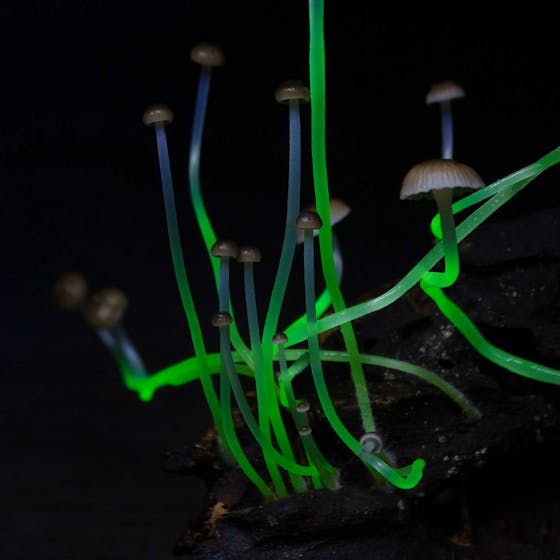
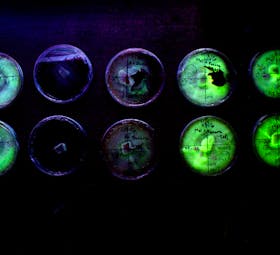
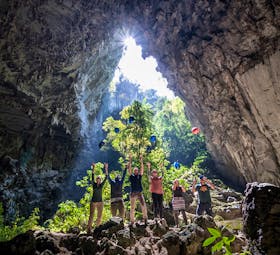
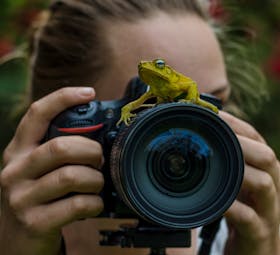
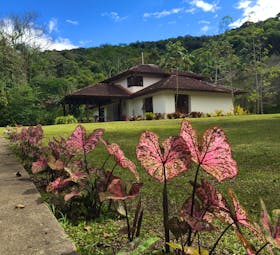

 4.7
4.7

